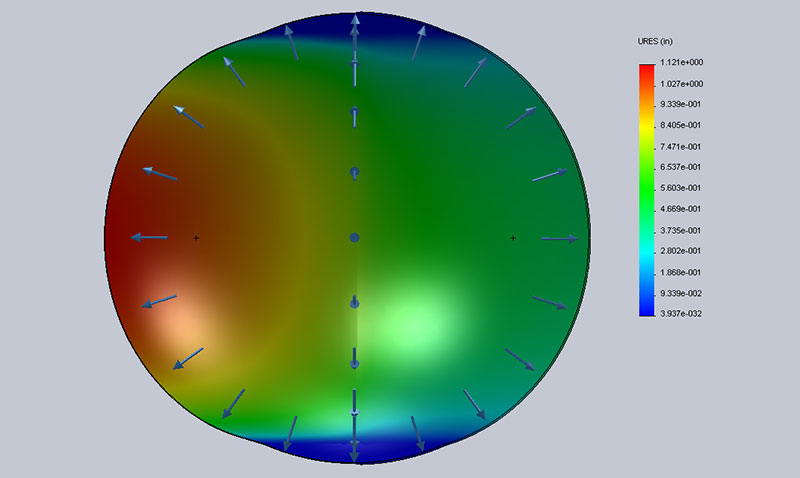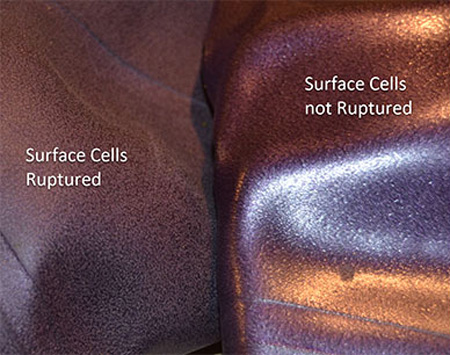Swiss balls are good for your muscles, but are they safe?
Exercise balls are used extensively by people for exercising and rehabilitation and by athletes for strength training.
“Burst-resistant” exercise balls first became popular in Switzerland about 40 years ago. Physiotherapists and sports trainers in North America began to incorporate “Swiss Balls” in their programs and the use of exercise balls in the US became widespread in the 1990s.
The primary benefit of using an exercise ball compared to exercising directly on a hard flat surface is that the body responds to the instability of the ball to remain balanced, engaging many core body muscles.
The increased demand for exercise balls caused many companies to begin marketing these products. As with most items, competition led to most exercise balls being manufactured in China.
How an exercise ball works
The most common material for use in the manufacture of exercise balls is plastisol (plasticized PVC). The ball is made by a process called rotational molding (or “rotomolding”). A sphere is heated while being rotated and loaded with plasticized PVC powder containing a chemical blowing agent dissolved in the material. Pigments are also added to the formulation to add coloration to the ball.
Regular inflated balls burst when punctured under load because of the stress concentration effect of the puncture/hole. Without a puncture, stresses are equally distributed over the entire surface of the ball. But when a ball or balloon is punctured, the stresses are suddenly locally concentrated at the edges of the puncture, causing rapid propagation at supersonic speed through the dense material under stress.
However, fractures initiated in a properly manufactured burst-resistant exercise ball don’t propagate because the ball has a cellular structure. This cellular structure helps reduce stress concentration because the thousands of cells help to distribute the stresses around a puncture and thus reduce the stress concentration effect of the puncture. Also, the thousands of tiny air pockets in the wall of the ball act to interfere and disrupt fracture propagation.

“The cellular nature of the material is what creates the burst resistance and is critical to make the balls safe for use. Without this burst resistant feature, it would be extremely dangerous to use inflated balls to support body weight during exercise routines.”
Dr. Duane Priddy, Plastic Expert Group, Founder & CEOWhen and why swiss balls fail
Unfortunately, no standard exists regarding the manufacture and testing of exercise balls. Therefore, failures of burst-resistant balls are common. Our laboratory has tested exercise balls involved in over a dozen different litigations.
One of the litigations was high profile as it involved the serious injury of Sacramento Kings basketball star Francisco Garcia. Francisco was lifting hundred-pound weights while laying on a burst-resistant ball. When the ball exploded, the bones in both of his arms were seriously fractured, causing him serious injury.
The company that manufactured the balls made them available in four different colors: blue, green, black, and yellow. We purchase duplicate balls in all four colors and burst-tested each. Both the blue and the green balls exploded when punctured, but the black and yellow balls slowly deflated when punctured.

Analysis of the four different colored balls revealed that the blue and green balls contained copper-based pigments, while the black and yellow balls did not. We believe the copper pigment caused the PVC to degrade.
In other exercise ball explosions, we’ve found that the balls exploded because of extreme thickness variation around the circumference of the ball.
When a portion of the ball wall is thinner than the rest of the ball, stresses are concentrated in the thin region, making the ball more likely to explode under load as demonstrated using computer models.


Plastic Expert Group: preventing exercise ball failures nationwide
In conclusion, we believe burst-resistant exercise balls should be carefully inspected before every use using a magnifying device. Balls should not be used to support body weight if they have cuts, scratches, or abrasions on the surface.
Another thing to look for is ball surface gloss or shininess. A non-reflective, dull surface is caused by ruptured cells on the surface of the ball. If a ball has a matt or dull surface, the ball is defective and should be discarded.
Exercise balls should be manufactured to be burst-resistant as rupture/explosion of a ball during use may result in serious personal injury. Unfortunately, since 2000, there have been at least 47 injuries reported due to exploding exercise balls.
Our experts have worked on several different litigations involving injuries to people caused by defectively manufactured exercise balls. We’ve used material analysis, burst testing, flaw sensitivity testing, and computer modeling to identify and confirm the defects.

